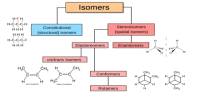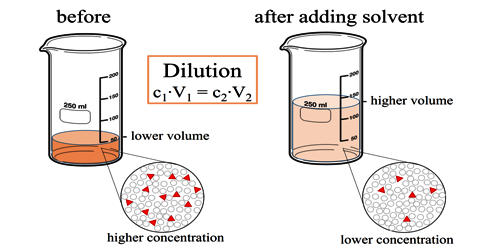Lanthanum aluminate is an inorganic compound having the chemical formula LaAlO3, commonly abbreviated as LAO. It is an optically clear ceramic oxide with a deformed perovskite structure. It is a crystalline material from the perovskite structure family. It is made up of lanthanum (La), aluminum (Al), and oxygen (O) atoms in a particular configuration.
Lanthanum aluminate crystallizes in the perovskite structure, which is a typical crystal structure in many compounds. Lanthanum and aluminum ions are organized in a cubic lattice, with oxygen ions filling the corners and center of each cubic unit cell.
Properties
Crystalline LaAlO3 has a relatively high relative dielectric constant of ~25. LAO’s crystal structure is a rhombohedral distorted perovskite with a pseudocubic lattice parameter of 3.787 angstroms at room temperature (although one source claims the lattice parameter is 3.82). Polished single crystal LAO surfaces show twin defects visible to the naked eye.
- Chemical formula: LaAlO3
- Molar mass: 213.89 g/mol
- Appearance: optically transparent, tan to brown
- Odor: odorless
- Density: 6.52 g/cm3
- Melting point: 2,080 °C (3,780 °F; 2,350 K)
- Solubility in water: Insoluble in mineral acids at 25 °C. Soluble in H3PO3 > 150 °C
Lanthanum aluminate is well-known for its unique electrical properties, including its ability to serve as a substrate material for epitaxial growth of other materials due to its lattice match with numerous perovskite oxides. It has optical transparency in the visible and near-infrared wavelengths, which makes it suitable in a variety of optical applications. It possesses good thermal stability, which is useful for use in high-temperature environments.
Applications
- Thin Film Substrates: It is commonly used as a substrate material for growing high-quality thin films of other perovskite oxides like high-temperature superconductors.
- Electronic Devices: Due to its electrical properties, it finds applications in electronic devices and components.
- Optical Devices: Its optical transparency makes it useful in optics, such as in lenses and other optical components.















